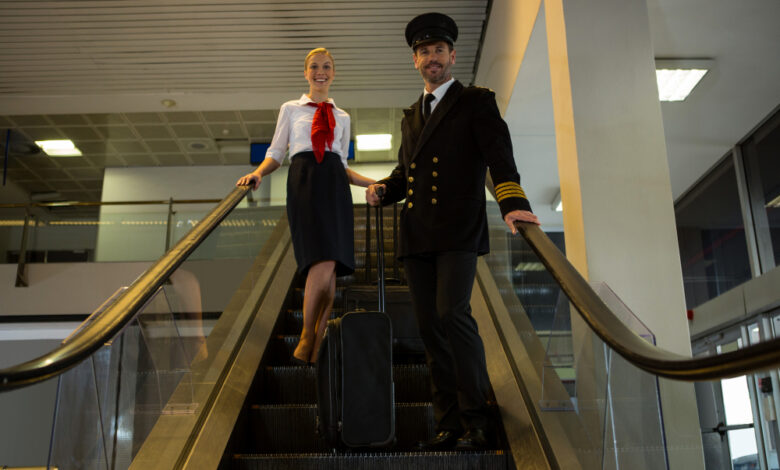United Airlines Flight UA770 Emergency Diversion
United Airlines Flight UA770 Emergency Diversion

Introduction:
On a routine journey that was expected to be smooth and united airlines flight ua770 emergency diversion found itself in a critical situation that forced an emergency diversion mid-air. The incident sent ripples across the aviation world and drew attention to the preparedness of airlines in handling inflight crises. In this article, we delve into the full sequence of events, causes, crew response, passenger experiences, and the aftermath of the emergency diversion that turned an ordinary flight into a dramatic ordeal.
Flight Overview and Scheduled Route
United Airlines Flight UA770 was originally scheduled to operate a standard domestic/international route, depending on the day’s itinerary, typically connecting major cities within the United States or linking to international hubs. The aircraft used for this flight was a Boeing 737 or similar, known for its reliability and widely used in short- to medium-haul routes. On the day of the incident, the flight departed on time, with clear weather conditions and no significant delays reported at takeoff. The flight was cruising normally at its designated altitude when an unexpected issue arose, disrupting the planned course and necessitating immediate action from the cockpit crew.
The Mid-Air Emergency: What Happened
Approximately halfway into the flight, something went wrong that triggered alarm protocols onboard. Initial reports suggest that either a technical malfunction, such as cabin pressure anomalies or engine complications, or a sudden medical emergency involving a passenger may have led the crew to declare an emergency. The captain, adhering to aviation safety procedures, communicated with air traffic control and initiated protocols for an emergency diversion to the nearest suitable airport. Pilots are trained to make split-second decisions in such scenarios, balancing the safety of the passengers, crew, and aircraft while coordinating seamlessly with ground control for rerouting and emergency landing clearance.
Crew Response and In-Flight Management
The flight crew, including the pilot and cabin attendants, played a pivotal role in maintaining calm and managing the unfolding situation. In high-stress scenarios like these, their training in aviation safety, first aid, and emergency response is put to the test. Passengers reported a calm and professional demeanor among the crew, who provided instructions, reassured travelers, and managed any onboard issues while preparing the cabin for an unscheduled landing. The flight deck’s communication with air traffic control ensured that emergency teams were on standby at the diversion airport, ready to respond the moment the plane touched down.
Passenger Experience During the Diversion
For the passengers aboard Flight UA770, the diversion was both unsettling and confusing. Many were unaware of the exact reason for the emergency until after landing. Oxygen masks were not reported to have deployed, which suggests the situation, while urgent, may not have involved cabin depressurization. Passengers recounted hearing announcements that assured them of their safety and guided them on safety procedures. The sudden change in flight path, coupled with the unknown nature of the emergency, caused concern among families and loved ones tracking the flight from the ground. Despite the anxiety, the professionalism of the crew played a key role in avoiding panic.
Safe Landing and Emergency Protocols Post-Diversion
The aircraft successfully landed at the designated diversion airport without any injuries reported. Emergency response teams, including fire and medical units, were on site as a precaution and immediately inspected the aircraft. Passengers were deplaned and transported to the terminal, where they received updates about alternative travel arrangements. United Airlines provided assistance, including rebooking options, meals, and in some cases, accommodations, depending on the extent of the delay. The incident triggered a full technical inspection of the aircraft to determine the root cause before it could return to service.
Investigation and Airline Statement
Shortly after the incident, United Airlines released a statement acknowledging the emergency diversion and assuring the public that the safety of passengers and crew remains their highest priority. The airline confirmed that the crew followed all standard operating procedures and that a thorough internal investigation would be conducted in coordination with the FAA or relevant aviation authorities. Preliminary findings often focus on mechanical logs, maintenance records, and flight data to understand what necessitated the emergency maneuver. Transparency and swift action in such cases help rebuild passenger trust and reinforce the airline’s commitment to safety.
Conclusion: A Reminder of Aviation Preparedness
The emergency diversion of United Airlines Flight UA770 serves as a powerful reminder of the unpredictability of air travel and the importance of robust emergency preparedness. While air travel remains one of the safest modes of transportation, incidents like these highlight the value of well-trained crews, responsive airline protocols, and efficient ground coordination. Thanks to the swift actions taken by the flight crew and emergency personnel, what could have been a disaster ended in a controlled and safe outcome. For passengers and aviation professionals alike, it’s a testament to the complex systems and human expertise that ensure safety even in the most unexpected situations.



